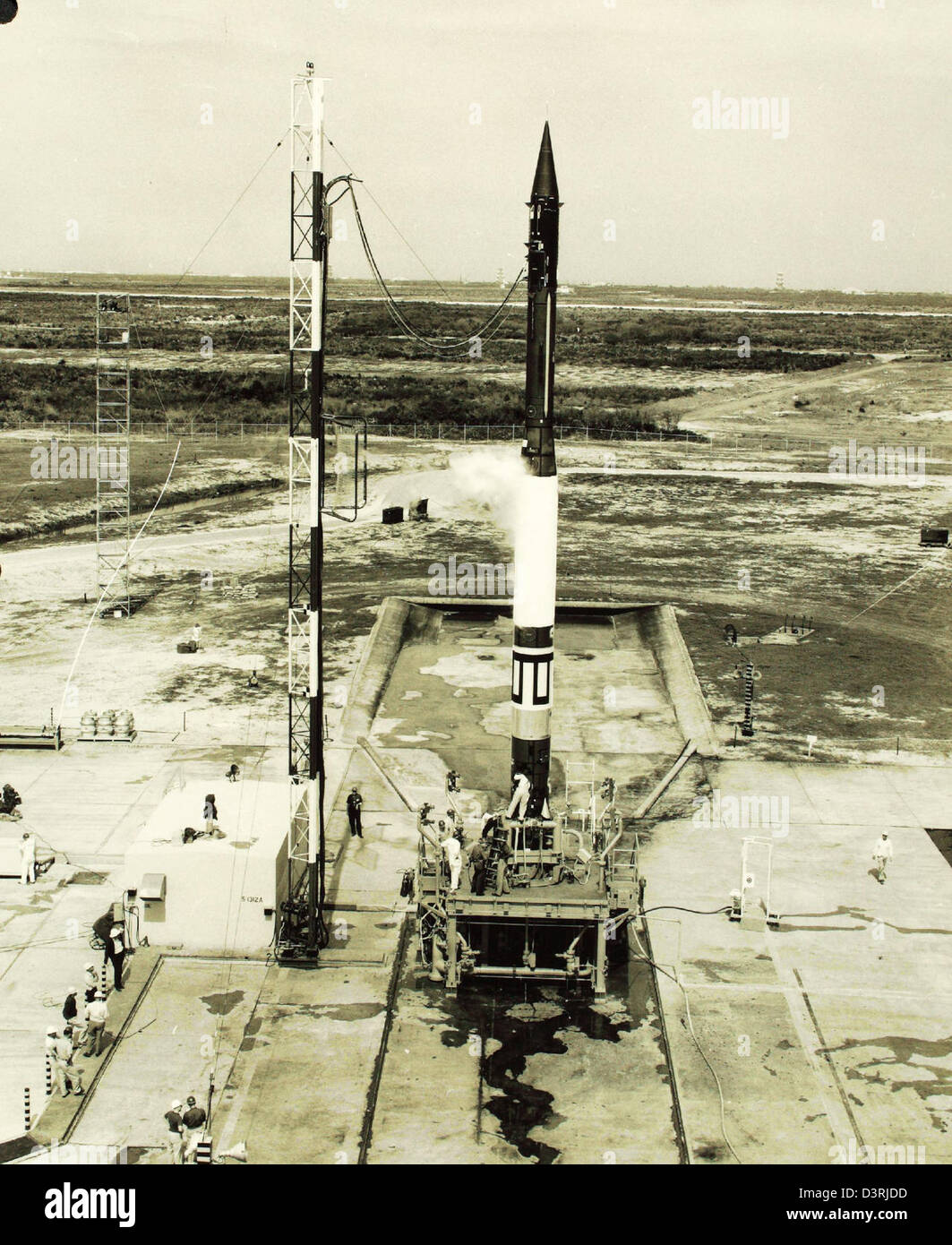

High-speed turbopumps have been critical rocket engine equipment for many decades, and even the most recent rockets use them.

The turbopumps forced 128 pounds of alcohol and 159 pounds of liquid oxygen into the V-2's combustion chamber every second. The cutaway on display shows some of the pumps' moving parts. The turbine developed 580 horsepower and turned the pumps at about 3,800 revolutions per minute. Steam pressure came from the chemical reaction of combining two liquids, sodium permanganate (tank A) and hydrogen peroxide (tank B). These pumps - one to move liquid oxygen, the other to move alcohol - were steam powered. This was accomplished on the V-2 by using high-speed gas-turbine pumps, or turbopumps. Large liquid rocket engines require massive amounts of propellants to be fed into the combustion chamber quickly and under high pressure. An entire V-2 rocket is on display in the World War II Gallery. Two critical engine parts - the turbopump assembly and the thrust chamber - are components of the complete engine on display in the museum's Missile & Space Gallery. Very advanced for the 1940s, it paved the way toward more powerful rockets developed in the 1950s and later.

The German V-2 of WWII featured the largest and most powerful rocket engine up to that time. Germany made about 6,000 V-2s during 1944-1945 and launched more than 2,600 against London, Antwerp, Liege, Brussels, Paris and Luxembourg. The V-2's liquid oxygen and alcohol propellants produced a thrust of 56,000 pounds, giving the rocket a maximum range of 220 miles, a ceiling of 50-60 miles and a speed of 3,400 mph. Its design also contributed to American rocketry following WWII. The engine was a technical achievement, using high-speed pumps to move large volumes of fuel into the thrust chamber very quickly. This rocket engine powered Germany's V-2 "Vengeance Weapon" during World War II.


 0 kommentar(er)
0 kommentar(er)
